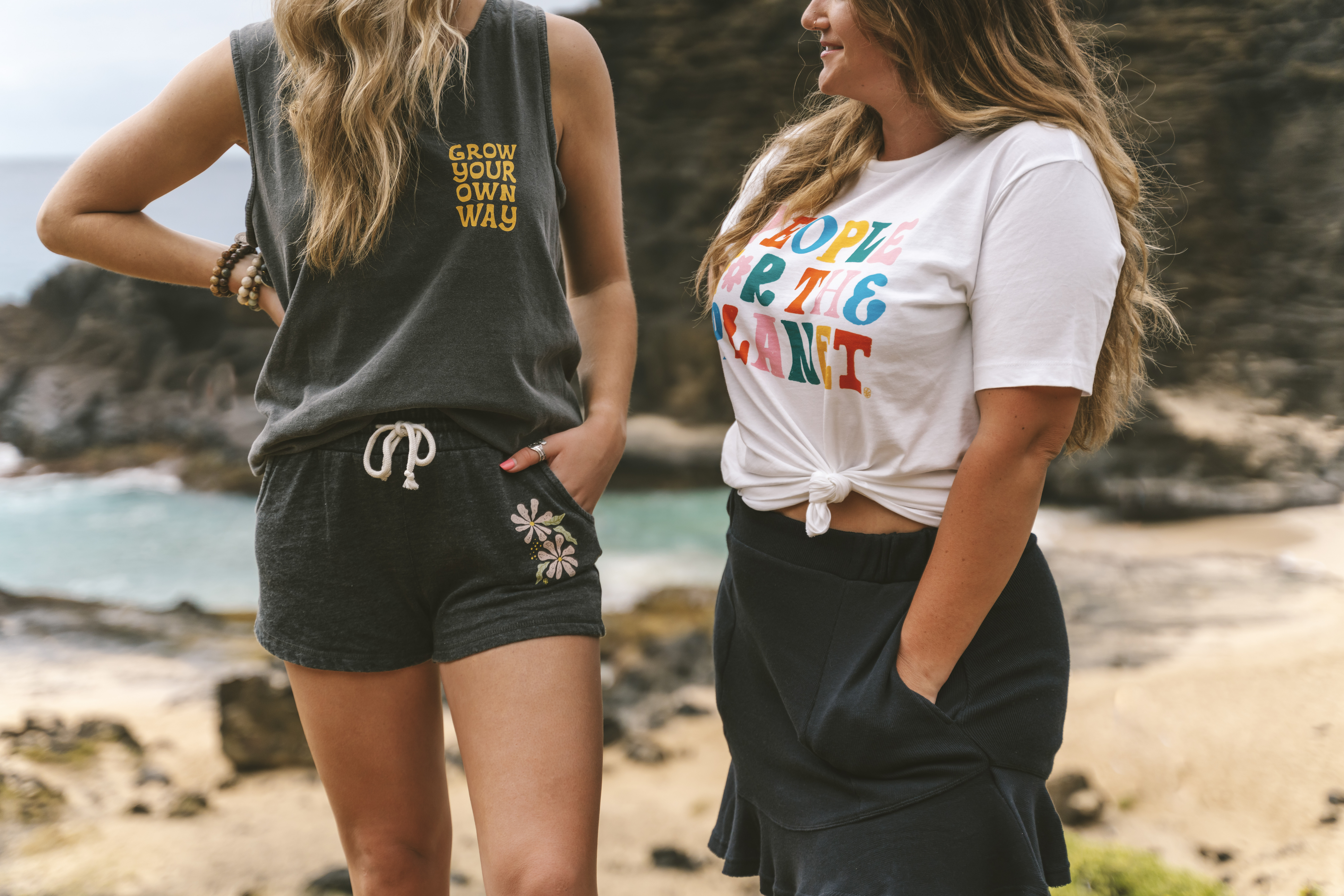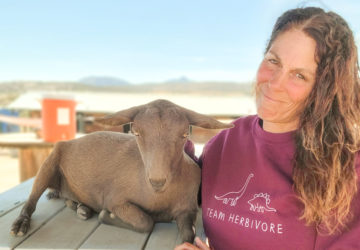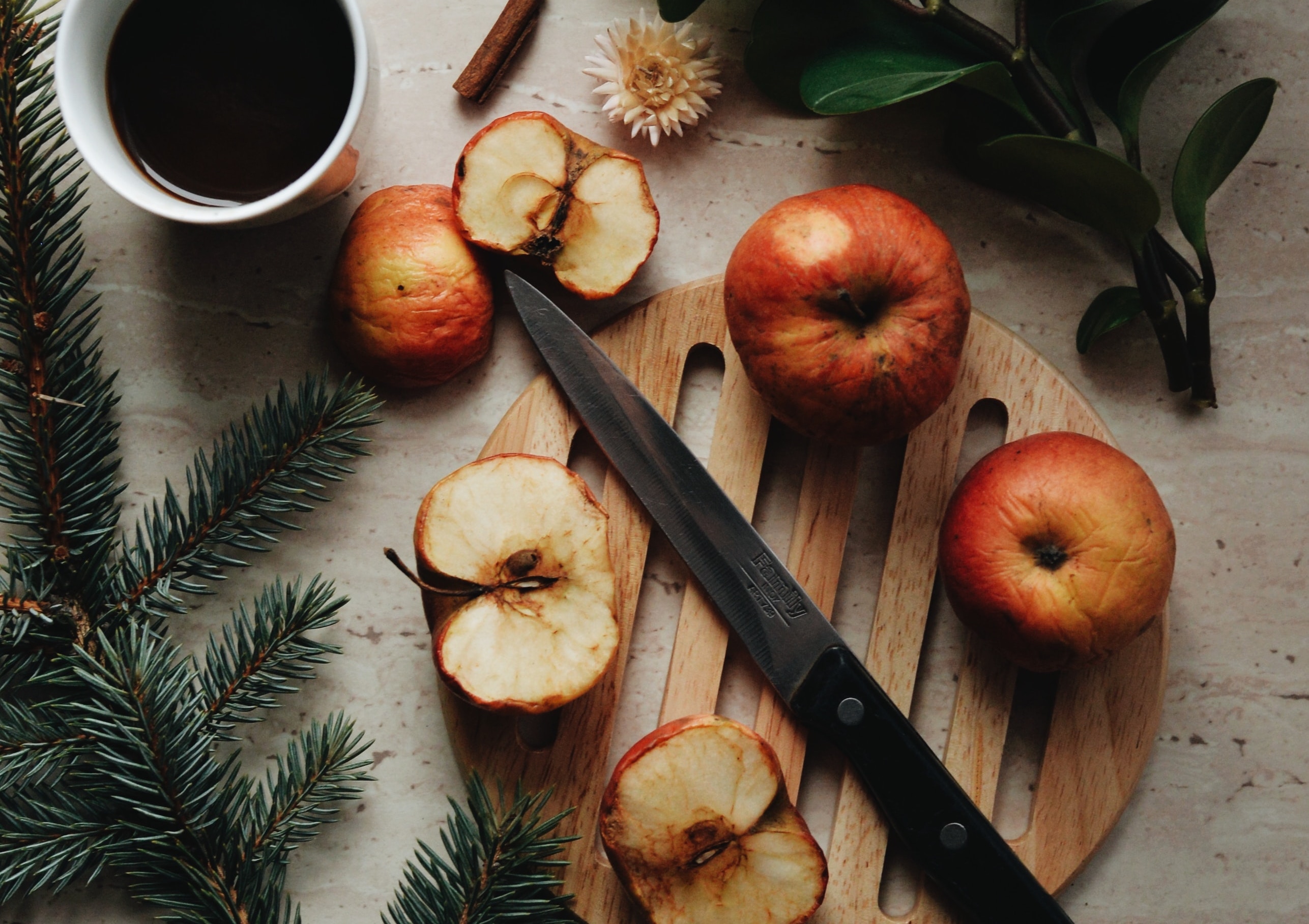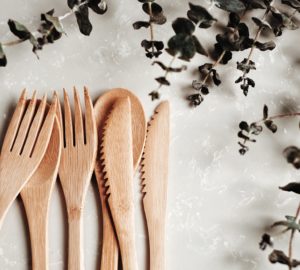We cook, we eat, we trash. We repeat.
But what if there was a way to waste a little less? There is! It’s a beautiful thing called — composting. And the best part is anyone can do it.
Here’s our complete guide to composting — from how to pick the best compost bin to what’s compostable (and what’s not). And if you’re anything like us, once you get into the composting groove, you’ll feel a completely new, rejuvenated and kind connection with Mother Earth.
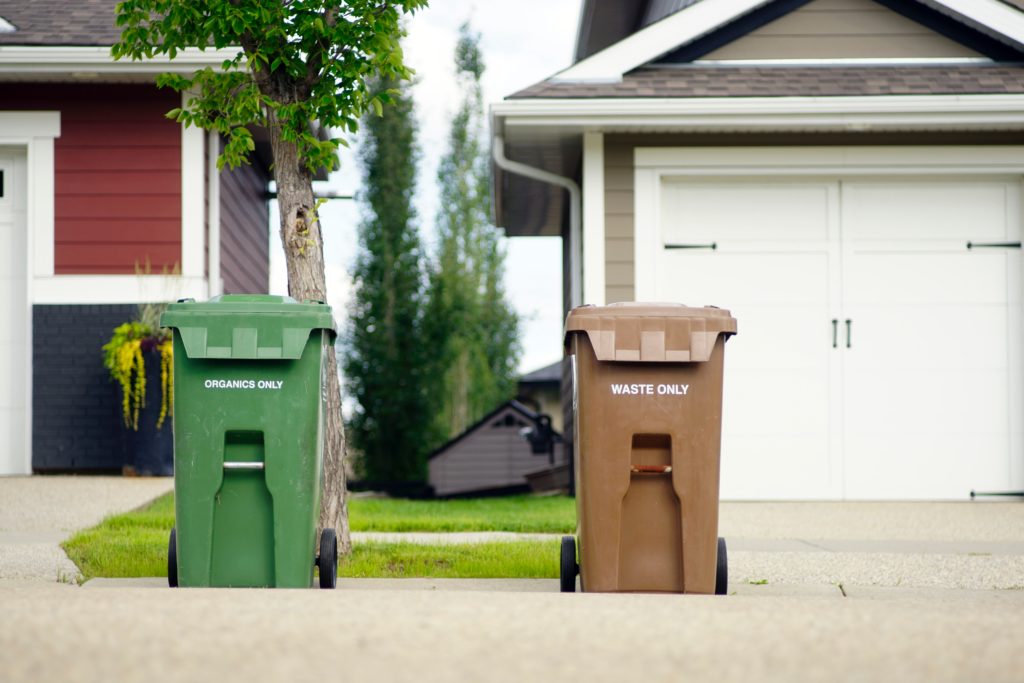
First, what is composting and why should we do it?
Composting is essentially a natural, eco-conscious way to recycle food at home. So instead of throwing food in a trash can to decompose somewhere else — you’re actively part of the journey to decomposition. (It’s basically like getting to know your waste rather than sending it off to make it someone else’s problem.)
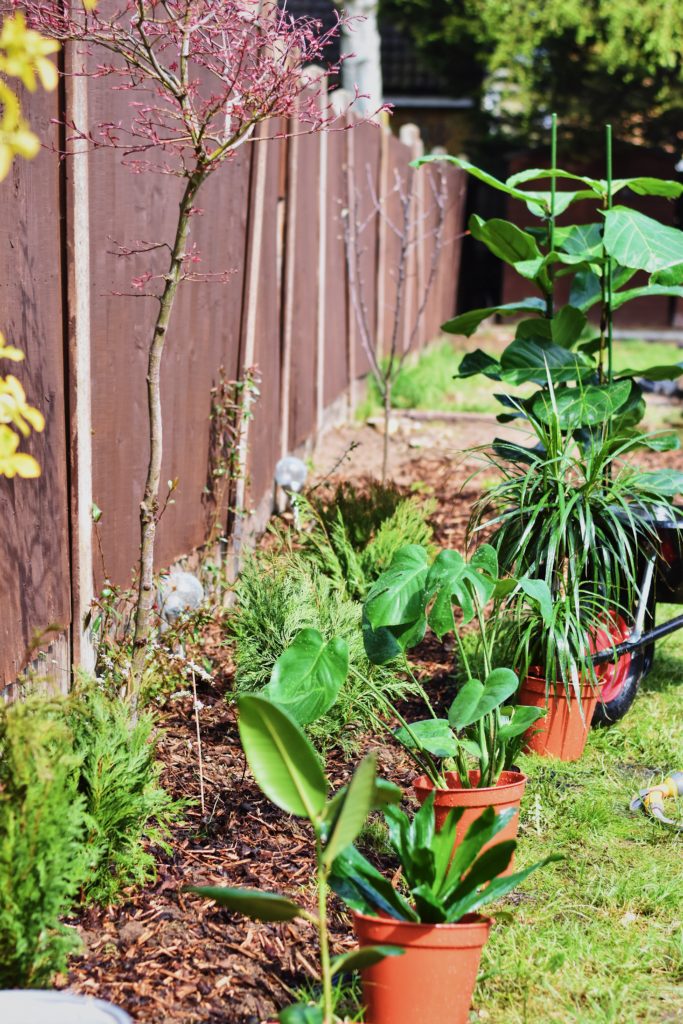
But composting isn’t just a fascinating process to experience, it’s also super important.
The EPA reports that food scraps and yard waste make up more than 28 percent of what we throw away — all of which could be composted.
So when you compost, you’re not only freeing up much-needed landfill space, you’re also helping decrease greenhouse gases like methane. Plus, composting benefits your yard — or a friend’s yard if you don’t have one — by turning kitchen waste into *free* nutrient-rich fertilizer.
But wait… What’s the difference between compostable and biodegradable?
If something is compostable it can break down fully and release good-for-the-planet nutrients into the soil. Usually this process takes anywhere from three months to a couple of years — depending on your compost size.
View this post on InstagramA post shared by Earth Packaging Co (@earthpackagingco) on
On the other hand, biodegradable materials eventually return to the environment. But the key word here is “eventually.” The time table is usually much less definite. In some cases, such as many biodegradable plastic cups, they’ll likely breakdown as slowly as the regular kind.
To sum it up: all compostable material is biodegradable, but not all biodegradable material is compostable. So don’t throw a biodegradable plastic bag in your compost bin, that’s not how it works.
How to compost: what can and can’t be included

The magic rule for compost is: two or three parts brown for every one part of greens. This will help you avoid creating a smelly, fly-infested pile of sludgy stuff. In fact, if you compost with a good balance of greens to browns, your pile shouldn’t smell bad. It should smell like dirt!
Things you can compost..
- Greens
- Fruit peels
- Fruit cores
- Veggie skins
- Breads/grains
- Coffee grounds and filters
- Most paper tea bags (just remove the staple if it’s there)
- Grass clippings
- House plants
- Eggshells (but not the eggs!)
- Browns
- Tissues
- Paper towels
- Shredded newspaper
- Fireplace ash (from natural wood)
- Sticks/wood chips
- Dried leaves
- Flowers
- Nut shells
- Uncoated cardboard
- Nail clippings
- Pet hair
- Condoms (latex only!)
Things some people think are compostable but actually are not…
- Eggs
- Greasy or oily food
- Little stickers on fruits & veggies
- Anything treated with pesticides or chemicals
- Tea bags sealed with polypropylene (aka plastic, read more about this topic here)
More things you cannot cannot compost…
- Meat products, including fish
- Bones
- Dairy products (yogurt, cheese, milk, etc)
- Oils
- Some pet feces** if you want to compost your dog waste, do your research & it may be doable depending upon your living situation
- Coal
- Used diapers
- Glass
- Plastic
- Aluminum/tin
- Firestarter logs
How to get into a composting groove (even in a small apartment!)
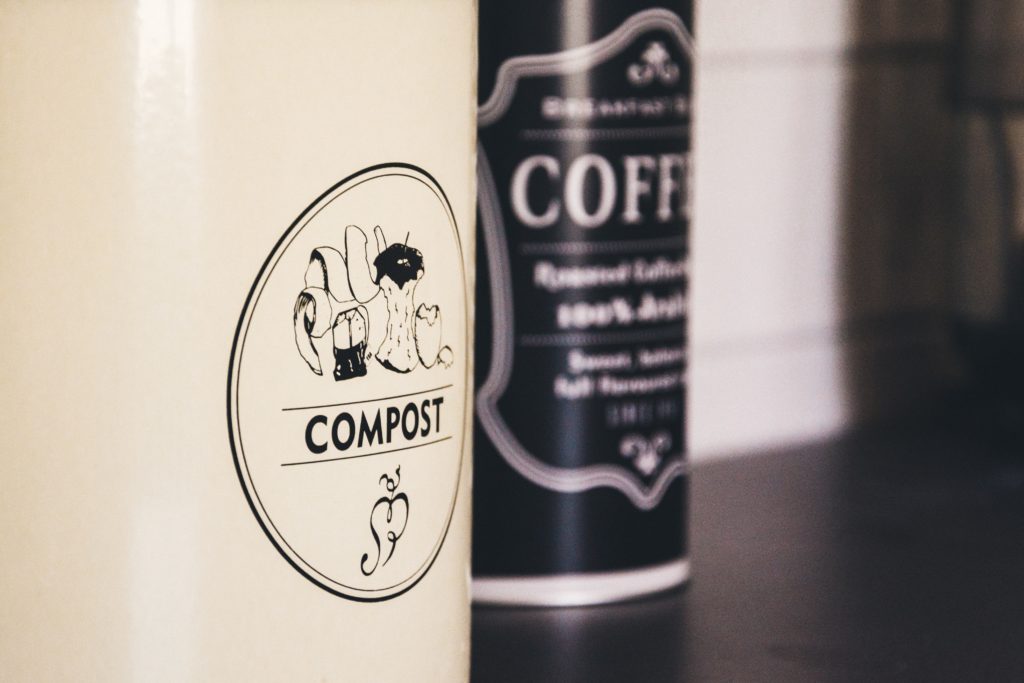
If you live on the fifth floor of an apartment, your composting process will very likely look different from someone who lives in a house with a backyard.
But the easiest way to compost is to have two bins — one indoor and one outdoor. That way, you can transfer your indoor pile to your outdoor pile every few days, rather than constantly going outside.
Of course, having your own backyard will make it a whole lot easier to manage the two piles.
However, if you live in an apartment and your city doesn’t offer any composting pick up service, consider asking someone who works at the building for access to a small outdoor space to start a community compost bin. You may even spark a new relationship with your neighbors over a shared love of nurturing the planet.
Your other option: vermicomposting. This composting involves a specific earthworm (usually red wigglers) to eat up the organic matter. Think of it like the most low-maintenance pet who likes to eat your leftovers.
How to pick a composting bin
You can DIY your compost bins, you just want to make sure you make something that can get air flow (airtight seals won’t give your compost the air it needs). And if you’re keeping a bin inside, you should be able to easily wash it every so often.
View this post on InstagramA post shared by Vivi (@wandering_wild_home) on
Want to get your bins from a store? Here are two good picks.
- OUTDOOR: The Forest City Yimby Tumbling Composter is great because you won’t have to get your hands dirty thanks to the tumbling design. It’s BPA-free, easy to use, and durable.
- INDOOR: This Enloy Stainless Steel Compost Bin is small, so it won’t take up your entire kitchen counter and it has a carrying handle so you can easily transfer it to an outdoor compost area.
Composting do’s and don’ts
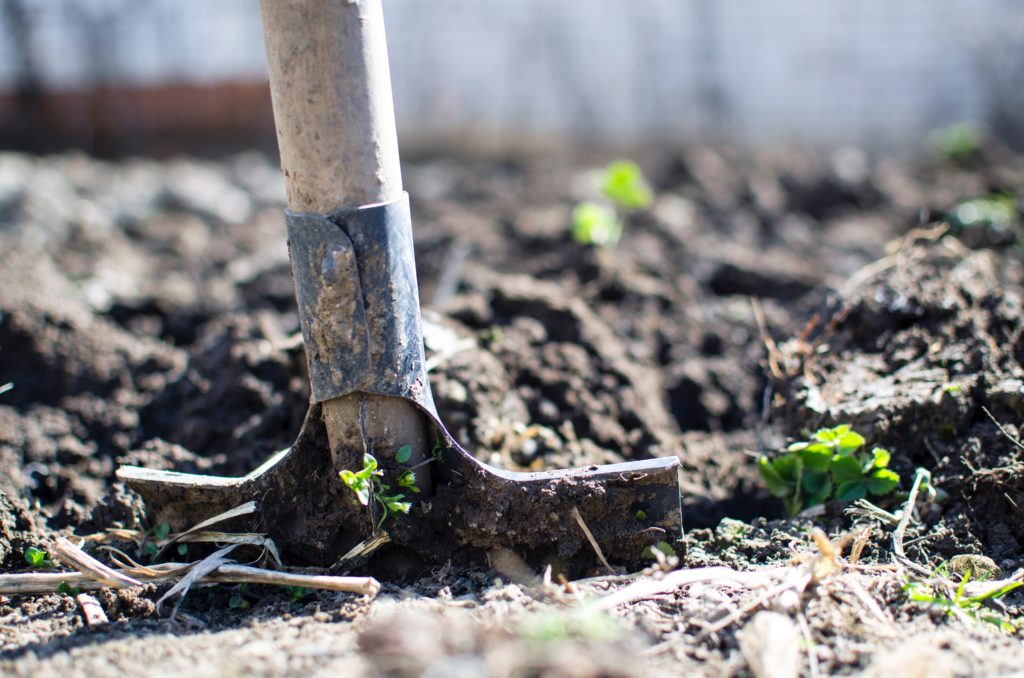
- Do: remember to take the little stickers off fruits and veggies before you compost. Sorry, those little stickers belong in the trash.
- Don’t: keep your pile too small. If your compost is too little, it won’t heat up enough and it’ll decompose slower. The sweet spot is anywhere between 3 feet by 3 feet (but not more than 12 feet high).
- Do: stir your pile. This will make it more earthy and less smelly. And it will help aid the decomposition process along. A good rule of thumb is to stir about once or twice a week.
- Do: be mindful of what you’re composting and make sure it’s actually compostable. If you compost things that shouldn’t be composted (like meat, eggs, dairy), you’ll cause foul odors, likely attract rodents, and seriously slow down the decomposition process.
- Do: wear gloves! Avoid direct contact with the skin and wash your hands after dealing with compost. This will help you prevent exposure to any fungal diseases or any other health issues. If you’re asthmatic or have issues with immune deficiency, you may even want to wear a mask when interacting with compost.
- Don’t: forget about your pile. Improper maintenance can potentially cause your compost to heat up too much and even potentially catch on fire. Seriously.
- Do: water your compost if it looks too dry. Watering will help you avoid a potential fire and break down the material. Just be sure to mix the water thoroughly.
- Don’t: give up! It can take time to get a nice healthy soil going. If you feel intimidated, start with just leaves and grass, and then work in some food scraps little by little.
How will I know when it’s ready & what should I do with it?
Usually, it takes a few months to get a healthy, rich soil that looks like earth in a bin (not rotting food). Patience is key! But once you have your compost, you can use it in many different, awesome ways.
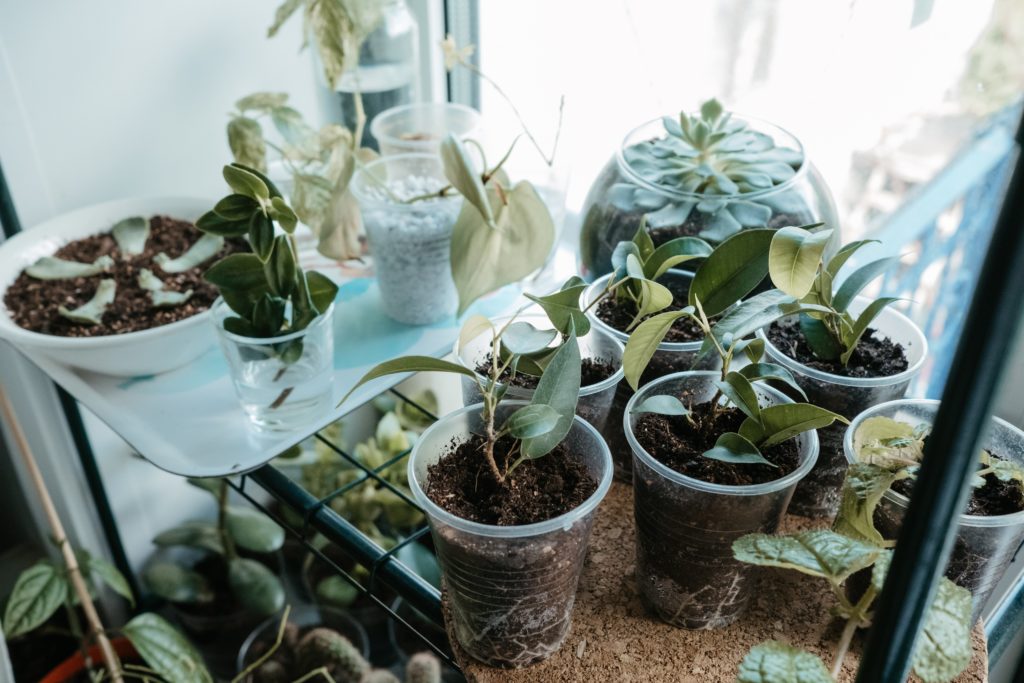
- Use it as a fertilizer in your garden or lawn
- Donate it to a school or community garden
- Gift it to a friend with a garden
- Use it as potting soil. Check out this PDF to learn how to make the best soil for potted plants.
- Give it to a local farm
- Spread the love in your neighborhood. Of course, do so thoughtfully — not necessarily on a neighbor’s front yard without permission!
- Take advantage of composting curbside services. Many cities have curbside composting as a public service. So call around and see if that applies to you, if you’re interested.
Whew, we know that was a lot of information! But once you get into a rhythm, composting will become more than an eco-friendly action, it will become an everyday habit that brings you closer to Mother Earth. Truly, a little dirt goes a long way!
Recharge your lifestyle with more eco-friendly habits and check out these posts:
- 31 Ways to make 2020 the most eco-friendly year ever
- 9 Simple ways to phase plastic out of your life
- How to make your morning commute more eco-friendly

